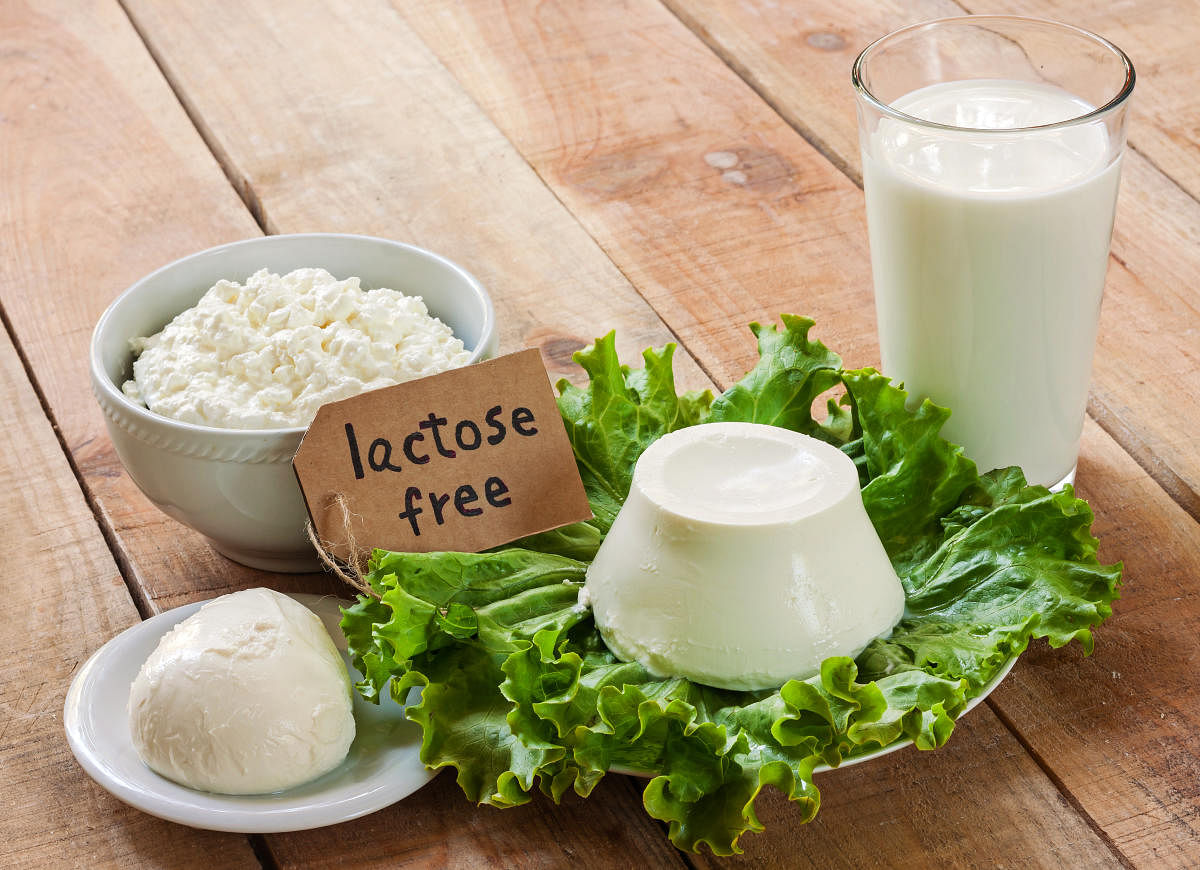
Food allergy, which is rapidly emerging as a public health issue, is an adverse response to an ingested food or one of its components. It involves the immune system. Food allergens are almost always proteins but not all food proteins are allergens. These allergens produce an abnormally vigorous response where the immune system fights off the allergen. This response is called an allergy.
Hygiene hypothesis
There has been a dramatic increase worldwide in food allergy in the last 10 years. This increase was initially seen in developed countries but now it is seen around the world. The pattern of allergy is also changing. Initially, the increase was limited to asthma and allergic rhinitis (hay fever). However, recent studies have confirmed a significant increase in the incidence of food allergies amongst children. A leading theory behind the rising food allergy rates is the “hygiene hypothesis”. This theory suggests that living conditions across the world might be too clean and that kids aren’t being exposed to germs that train their immune systems to tell the difference between harmless and harmful irritants. Among children, the most common food allergens are milk, egg, fish, wheat, peanut, shellfish and soy.
Cow’s milk protein allergy peaks in the first year of life with a global prevalence of up to 3%. Cow’s milk allergies are manifested when a baby is shifted from exclusive breastmilk to formula milk or at the onset of complementary feeding. Data shows that in India, cow’s milk gets introduced as regular milk in an infant’s diet as early as four months of age. In rare cases, exclusively breastfed infants may also develop allergies via dairy protein transferred into mother’s milk. The good part is that cow’s milk protein allergy is not a lifelong condition. Most children develop tolerance to cow’s milk by three years of age.
Cow milk protein allergy can induce a diverse range of symptoms of variable intensity in infants. Most of the infants have at least two symptoms from two organ systems. Digestive symptoms include vomiting, frequent regurgitation, colic, diarrhoea etc. Respiratory symptoms include wheezing and runny nose, and skin symptoms would include hives, dry and itchy skin or swelling of lips etc. As a parent, if you see one or more of these symptoms, you should consult a paediatrician. Diagnosing a cow’s milk protein allergy is not easy since the symptoms can resemble many other conditions. For example, lactose intolerance is a condition in which a body cannot digest a carbohydrate–lactose combination because of the lack of enzyme lactase.
Elimination works
A detailed medical and food intake history is required to rule out other conditions and suspect a cow’s milk protein allergy. The gold standard is elimination followed by a challenge. Complete elimination of cow’s milk from the diet will improve the symptoms in two-six weeks, and introduction of cow’s milk again will bring the symptoms back. This will confirm the diagnosis. Once the diagnosis is confirmed, the infant should be maintained on an elimination diet using extensively hydrolysed formulas or amino acid formulas for a period of six months and then re-challenge to see if the infant has developed a tolerance for it.